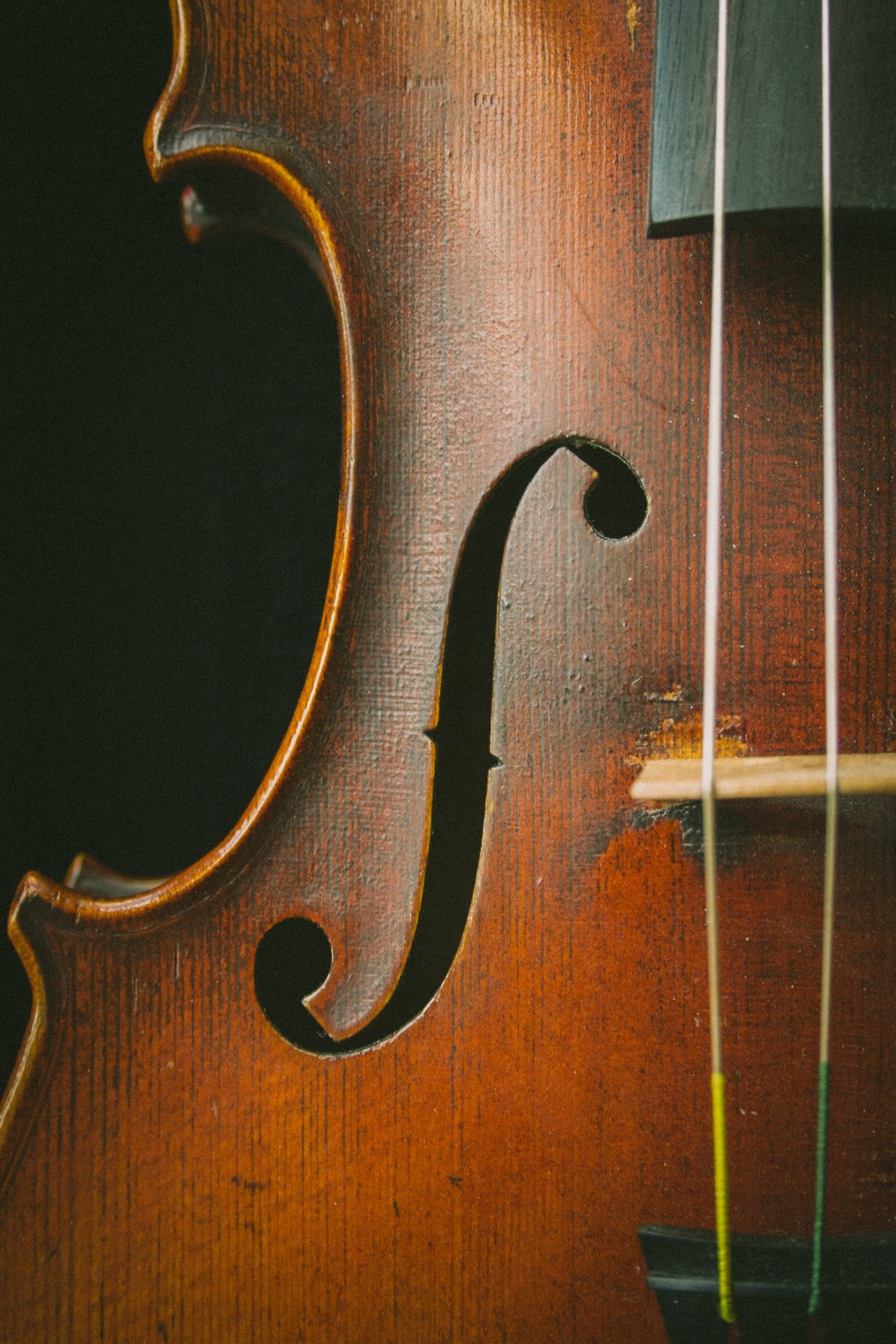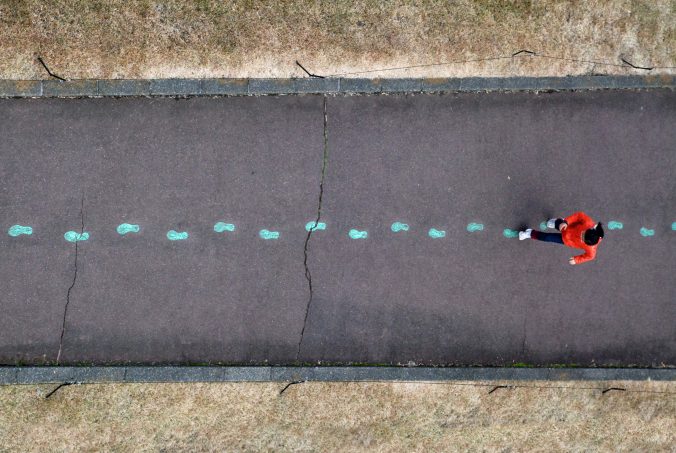I am excited to say that I have just taken my first steps on my journey to becoming a violin aficionado! Okay, maybe not an aficionado, but baby steps right? In this post, I will outline briefly what I’ve learned thus far and what I plan to learn in this coming week.
To support my learning and set myself up for success, I decided to purchase a musical instruction book to aid in my practice. Titled “Violinworks: A comprehensive method for the older beginner” (http://violin-works.com), author Ros Stephen organizes lessons within chapters, beginning with Chapter 1; the anatomy of the violin and bow, the names of the strings and how to tune them, as well as the fingering references (numbers assigned to fingers). Key points I took away from this chapter was that unlike a guitar, the strings are tuned using mainly the “fine tuners” located at near the tailpiece, rather than the pegs located near the neck. It’s also very important when changing the strings, not to remove all of the strings at once for one risks collapse of the bridge and/or soundbar. Most things learned from this chapter pertain to preparing to play the violin and not actually playing it. For example, I also learned that it is important to tighten the bow hair before playing and to loosen it when finished, and also to run the hair of the bow over rosin 3 to 4 times before playing. Rosin is made from pine resin, which when applied, makes the bow slightly sticky so that it grips the strings, causing them to vibrate as the bow is drawn across them.
It was in Chapter 2, “Holding the Violin and Playing Pizzicato” that I began to actually use the violin, but not before I learned the basic posture required. If I were to summarize this chapter with one word, it would have to be “Relax”, because ironically it is something that is quite stressed. I soon found out why, as it must be common for beginners to tense up and become rigid when first trying to play. The violin is actually very light in weight, so you dont really need to hold it up with your hand because the weight of your head on the chinrest does just that. You’re meant to just support it very lightly, while using the neck as an anchor for your hand and fingers. I tried my best at remaining relaxed and assuming the proper posture with my shoulders back, then holding the violin on my neck/shoulder and proceeding to play pizzicato. What’s pizzicato? It’s the italian word for “picked” or “plucked” which refers to a way of playing the violin that doesn’t involve using the bow, but simply plucking the strings with one’s fingers. I learned that you can do this not just with the index finger of your right hand (bow hand), but with the pinky finger of your left hand on the neck. I played using each hand, while maintaining a steady rhythm plucking each of the open strings. It came to me quite easily and left me thirsty for more.
Chapter 3 is titled “Notation, Pulse and Rhythm” and looks as though it will begin to explain how to read music, while chapter 4, 5, and 6 explain how to properly use the bow. I plan to work through these chapters over the coming week so that I can begin to practice developing a feel for playing the violin, and move one step closer to achieving my goal of learning the song “He’s a Pirate” from Pirates of the Caribbean. Thank you very much for reading!



